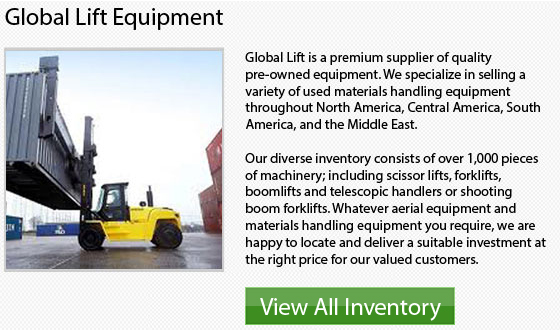
There are a variety of important steps in lift truck training that pertain specifically to lift truck safety. For starters, it is important to make sure that all employees have been correctly trained and licensed to use the machine. This is a large piece of machine which we are talking about. You simply cannot take risks with it. Lift truck training is important business that must be taken seriously. If you choose to skip this process, extreme consequences can ultimately catch up with you. Allowing inexperienced and improperly taught individuals to operate forklifts could lead to very bad injuries, severe damage and even death.
Make it a standard company guideline to always utilize seatbelts, at all times, no matter what. This is an easy topic which employees usually become lax about, especially since the machinery is only traveling 10 miles an hour. Workers often assume that they will not have any kind of issue and hence, start not wearing them. This is where the danger can happen, as it is easy for an accident to happen which could have devastating consequences. This is not a truck or a car; the seatbelt is not necessary to hold them in the cab if they run into something. In a forklift, the purpose is much more important, even though the machine travels at low speeds, in the unfortunate event of a tip-over, the seatbelt holds the operator in place secure in the seat of the operator so they would not topple out and be accidentally crushed beneath.
In case of any mechanical problems or issues, a well-organized reporting system has to be in place. Workers need a rational way to communicate these situations so that people who are responsible for fixing them would. Employees should know enough about the machine that they comprehend at least the very basics of what could go wrong.
In order to solve lift truck issues before they become a potentially dangerous and expensive, drivers should be able to detect most issues. Having a reliable reporting system in place is very vital for workplaces which run on shift work. Like for instance, if one driver leaves after knowing that there is a problem, and the secondary driver doesn't know the problem during his shift, then catastrophic situations can occur. Lift truck training is much more involved than just learning just how to utilize the machinery.
It doesn't matter if an employee feels that the machinery is overturning, teach your employees to not hop out of a forklift. The trick in this dicey situation is to lean away from the turn while staying in the cab and holding on tightly.